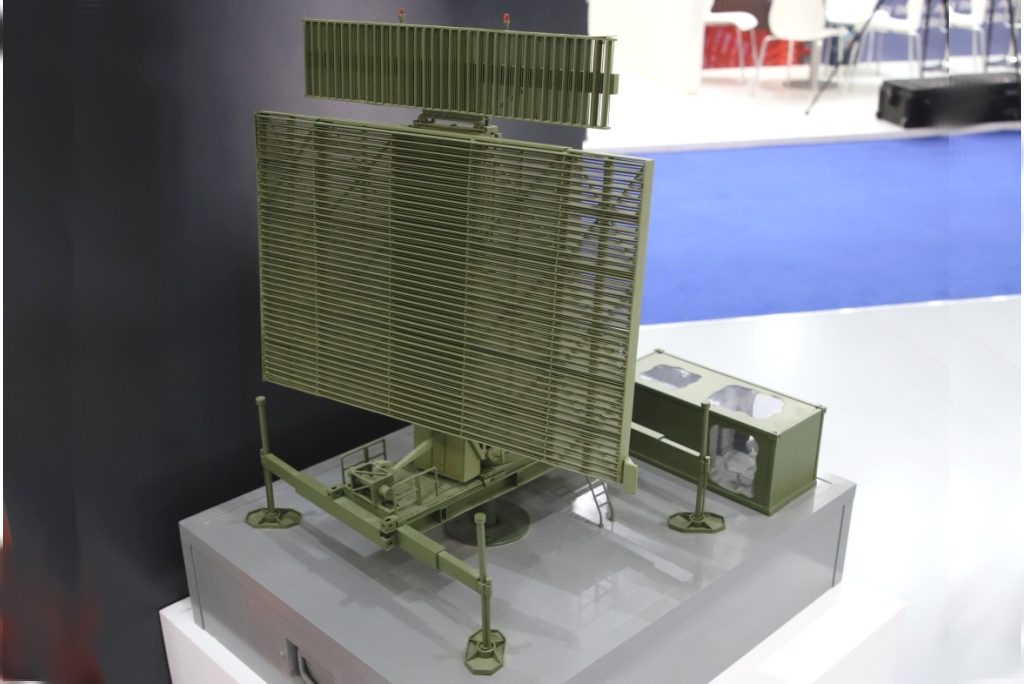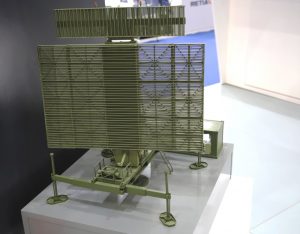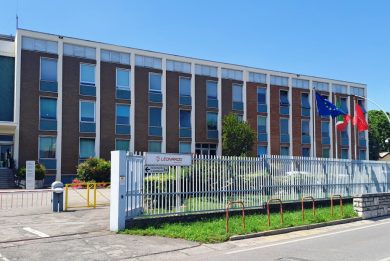
Leonardo unveils details of its new ‘digital’ RAT-31DL
Leonardo of Italy is proposing a new ‘digital’ version of its RAT-31DL long-range radar at the World Defense Show in Riyadh, where it exhibited a model and released first details of the latest generation applied technologies and system performances.
The RAT-31 is an advanced L-band solid-state radar with AESA antenna, effective to a range of over 470 km, initially designed to meet radar NATO Class 1 requirements, which has met worldwide success and appreciation. In its different versions including SL, DL and DL/M, the system is in service and has been acquired by over 15 customers between NATO and non-NATO countries.
The radar is being continuously upgraded with the most advanced technologies. According to a company spokesperson, the latest version, which Leonardo is proposing at WDS, is fully digital and integrates solid-state TRMs (Transmit/Receive Module) based on GaN (Gallium Nitride) technology in a so-called distributed configuration, which replace previous analogic components to provide digital signal distribution and processing, together with Digital Beam Forming (DBF).

These upgrades allow the RAT-31DL to improve its already top class capabilities, particularly in the detection of high speed targets (i.e. ballistic missiles) and low RCS (Radar Cross Section) targets, and at the same time increase its already high reliability thanks to its total solid state technology and its graceful degradation characteristics, alongside reducing the overall operational costs, the Leonardo spokesperson added.
Thanks to its highly modular and flexible architecture the latest features can also be retrofitted to the proven mechanical structure architecture of existing RAT-31DL radars already in operation. An IFF co-located secondary radar can be incorporated.
The new digital RAT-31DL detection performances are guaranteed in a broad spectrum of operational scenarios where jammer coexists with heavy clutter. It uses multiple simultaneous independently phase controlled pencil beams, which provide flexibility in scanning and very high data rate, effective for clutter processing. Each beam provides monopulse altitude measurements with excellent accuracy, even in the frequency agility mode. Reduced peak power, sidelobe antennas, frequency agility, jam strobe reporting, separate receiver for ECM monitoring, all contribute to the resistance against Anti-Radiation Missile (ARM) and Electronic Counter Measures (ECM).
The mechanical configuration is designed to facilitate assembly/ disassembly for system relocation.
Photos by P. Valpolini



